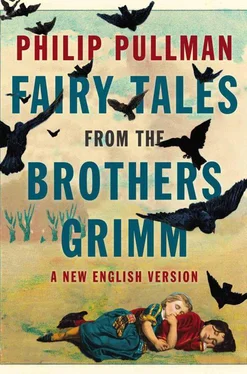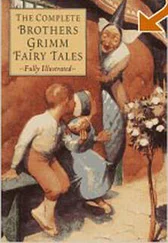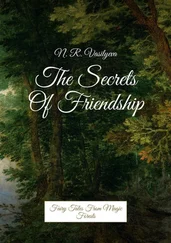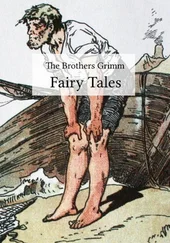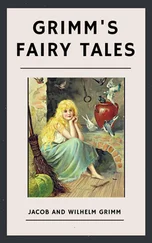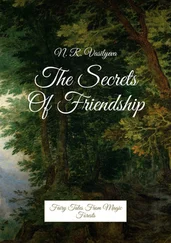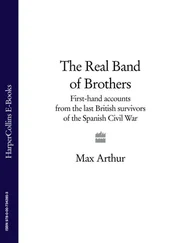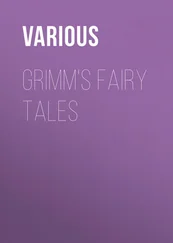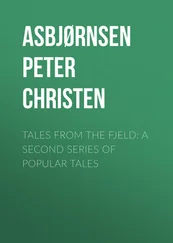This is not a text
William Wordsworth’s The Prelude , or James Joyce’s Ulysses , or any other literary work, exists as a text first of all. The words on the page are what it is. It’s the job of an editor or a literary critic to pay attention to what exactly those words are, and to clarify places where there are divergent readings in different editions, to make sure that the reader can encounter exactly the text that the work consists of.
But a fairy tale is not a text of that sort. It’s a transcription made on one or more occasions of the words spoken by one of many people who have told this tale. And all sorts of things, of course, affect the words that are finally written down. A storyteller might tell the tale more richly, more extravagantly, one day than the next, when he’s tired or not in the mood. A transcriber might find her own equipment failing: a cold in the head might make hearing more difficult, or cause the writing-down to be interrupted by sneezes or coughs. Another accident might affect it too: a good tale might find itself in the mouth of a less than adequate teller.
That matters a great deal, because tellers vary in their talents, their techniques, their attitudes to the process. The Grimms were highly impressed by the ability of one of their sources, Dorothea Viehmann, to tell a tale a second time in the same words as she’d used before, making it easy to transcribe; and the tales that come from her are typically structured with marvellous care and precision. I was equally impressed when working on her tales for this book.
Similarly, this teller might have a talent for comedy, that one for suspense and drama, another for pathos and sentiment. Naturally they will each choose tales that make the most of their talents. When X the great comedian tells a tale, he will invent ridiculous details or funny episodes that will be remembered and passed on, so the tale will be altered a little by his telling; and when Y the mistress of suspense tells a tale of terror, she will invent in like manner, and her inventions and changes will become part of the tradition of telling that tale, until they’re forgotten, or embellished, or improved on in their turn.
The fairy tale is in a perpetual state of becoming and alteration. To keep to one version or one translation alone is to put a robin redbreast in a cage. [1] Which ‘puts all Heaven in a Rage’ (William Blake, ‘Auguries of Innocence’, 1803)
If you, the reader, want to tell any of the tales in this book, I hope you will feel free to be no more faithful than you want to be. You are at perfect liberty to invent other details than the ones I’ve passed on, or invented, here. In fact you’re not only at liberty to do so: you have a positive duty to make the story your own. [2] ‘The tale is not beautiful if nothing is added to it’ — Tuscan proverb quoted by Italo Calvino in his introduction to Italian Folktales (London: Penguin Books, 1982).
A fairy tale is not a text.
‘A tone licked clean’
Can the writer of any version of a fairy tale ever come near to James Merrill’s ideal tone, ‘serene, anonymous’? Of course, the writer might not wish to. There have been many, and there will be many more, versions of these tales that are brimful of their author’s own dark obsessions, or brilliant personality, or political passions. The tales can stand it. But even if we want to be serene and anonymous, I think it’s probably impossible to achieve it completely, and that our personal stylistic fingerprints lie impressed on every paragraph without our knowing it.
The only thing to do, it seems to me, is to try for clarity, and stop worrying about it. Telling these stories is a delight it would be a pity to spoil by anxiety. An enormous relief and pleasure, like the mild air that refreshes the young count when he lies down to rest in ‘The Goose Girl at the Spring’, comes over the writer who realizes that it’s not necessary to invent : the substance of the tale is there already, just as the sequence of chords in a song is there ready for the jazz musician, and our task is to step from chord to chord, from event to event, with all the lightness and swing we can. Like jazz, storytelling is an art of performance, and writing is performance too.
Finally, I’d say to anyone who wants to tell these tales, don’t be afraid to be superstitious. If you have a lucky pen, use it. If you speak with more force and wit when wearing one red sock and one blue one, dress like that. When I’m at work I’m highly superstitious. My own superstition has to do with the voice in which the story comes out. I believe that every story is attended by its own sprite, whose voice we embody when we tell the tale, and that we tell it more successfully if we approach the sprite with a certain degree of respect and courtesy. These sprites are both old and young, male and female, sentimental and cynical, sceptical and credulous, and so on, and what’s more, they’re completely amoral: like the air-spirits who helped Strong Hans escape from the cave, the story-sprites are willing to serve whoever has the ring, whoever is telling the tale. To the accusation that this is nonsense, that all you need to tell a story is a human imagination, I reply, ‘Of course, and this is the way my imagination works.’
But we may do our best by these tales, and find that it’s still not enough. I suspect that the finest of them have the quality that the great pianist Artur Schnabel attributed to the sonatas of Mozart: they are too easy for children and too difficult for adults.
And these fifty tales are, I think, the cream of the Kinder- und Hausmärchen . I have done my best for the sprites who attend each one, as did Dorothea Viehmann, Philipp Otto Runge, Dortchen Wild, and all the other tellers whose work was preserved by the great Brothers Grimm. And I hope we all, tellers and listeners alike, live happily ever after.
Philip Pullman, 2012
The German edition of Jacob and Wilhelm Grimm’s Kinder- und Hausmärchen ( Children’s and Household Tales ) that I worked from is the most easily available, the seventh edition of 1857. It is published by Wilhelm Goldmann Verlag. The ‘tale type’ numbers I give in the notes to each story are based on The Types of International Folktales , the great index of tale types originally compiled by Antti Aarne and published in 1910, revised by Stith Thompson in 1928 and 1961, and most recently (2004) revised by Hans-Jörg Uther (see full details below) — hence ‘ATU’ or ‘AT’ for the earlier edition. This section otherwise includes the works I found most interesting and helpful.
Aesop, The Complete Fables , tr. Olivia Temple (London: Penguin Books, 1998)
Afanasyev, Alexander, Russian Fairy Tales , tr. Norbert Guterman (New York: Pantheon Books, 1945)
The Arabian Nights: Tales of 1001 Nights , tr. Malcolm C. Lyons with Ursula Lyons, introduced and annotated by Robert Irwin (London: Penguin Books, 2008)
Ashliman, D. L., A Guide to Folktales in the English Language (New York: Greenwood Press, 1987)
Bettelheim, Bruno, The Uses of Enchantment (London: Peregrine Books, 1978)
Briggs, Katharine M., A Dictionary of Fairies, Hobgoblins, Brownies, Bogies and Other Supernatural Creatures (London: Allen Lane, 1976)
— Folk Tales of Britain (London: Folio Society, 2011)
Calvino, Italo, Italian Folktales , tr. George Martin (London: Penguin Books, 1982)
Chandler Harris, Joel, The Complete Tales of Uncle Remus (New York: Houghton Mifflin, 1955)
Grimm, Jacob and Wilhelm, Brothers Grimm: Selected Tales , tr. David Luke, Gilbert McKay and Philip Schofield (London: Penguin Books, 1982)
Читать дальше
